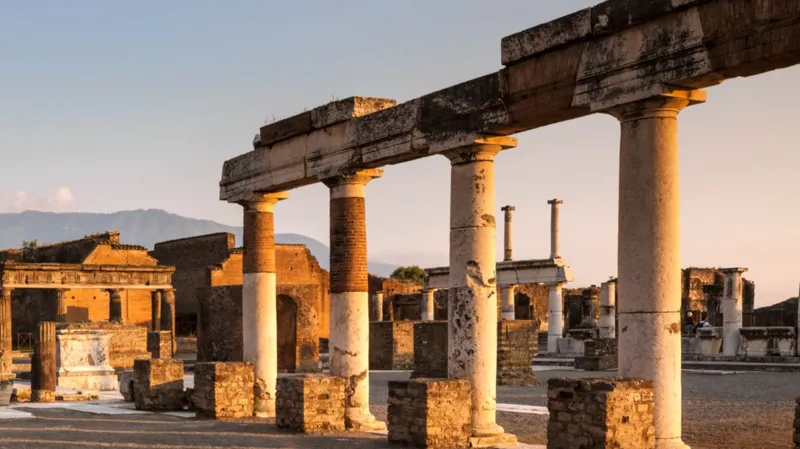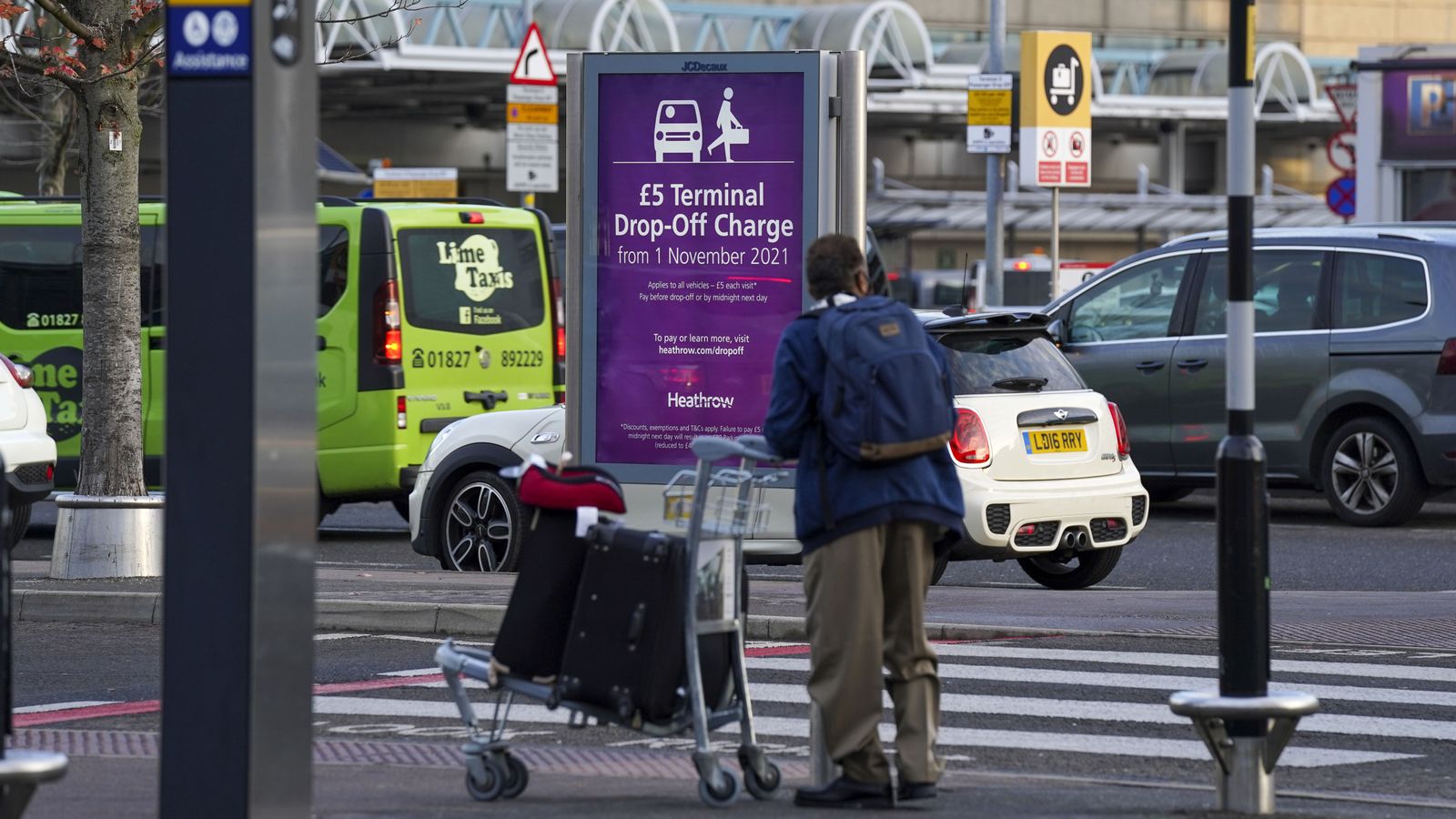Uganda unplugs from China railway project
Kampala is abandoning its Chinese partners and turning to Turkey to build a standard gauge railway that will connect to neighboring Kenya. East Africa is keen on improving its railway network as part of integration.
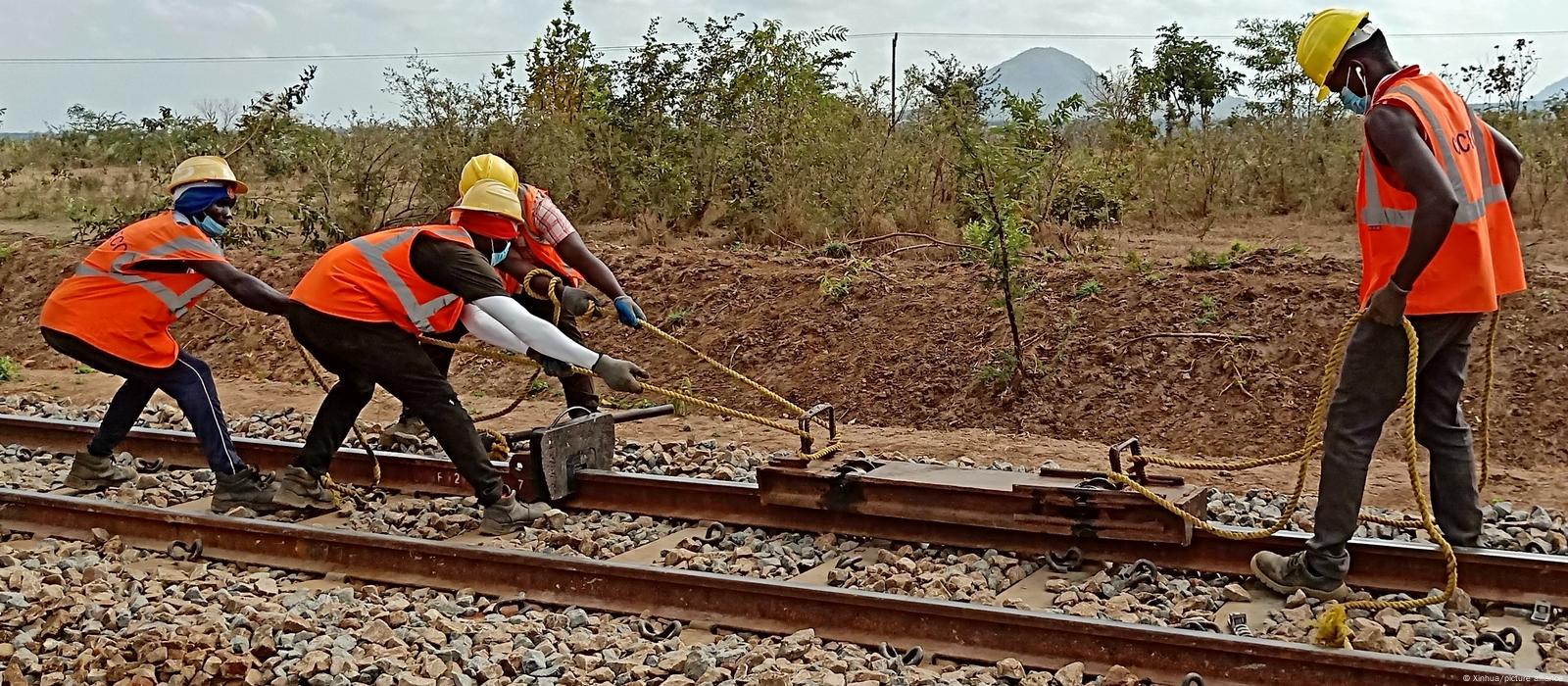
The project has stalled for years, but now Uganda wants to breathe new life into a standard gauge railway (SGR) linking its capital Kampala to Malaba in neighboring Kenya, eventually connecting to the Indian Ocean.
"The standard gauge railway is to offer bulk transportation — reliable, faster, with a turnaround time of one day travel from Mombasa," David Mugabe, in charge of communications for the project, told DW.
The railway line is part of a more extensive planned network of SGR lines designed to connect East African coastal and land-locked countries as part of a pan-African infrastructure project.
Chinese contract terminated
Last week, Uganda formally terminated a $2.2 billion (€2 billion) contract with China Harbour Engineering Company (CHEC), after the China Exim Bank refused to provide the funding.
"Chinese countries have been given lots of contracts in the country: hydro-power projects, road construction projects," John Kibego, a Ugandan journalist, told DW.
"If in this case they failed to implement in the time agreed or maybe the conditions set are not favoring the government, it is okay if the government wants to change things," Kibego said, stressing that "the government serves the citizens. When the government mis-negotiates, the burden falls on the citizens."

Turning to Turkey
The Chinese de facto monopoly on infrastructure projects in the country may be dwindling. "The government is in discussions with new, Turkish partners," project spokesperson David Mugabe said.
"An MoU has been signed, with the aim of moving towards a final contract. And this involves both technical and financial preparations."
Turkey has been largely expanding its presence on the African continent. This is according to Yunus Turhan, an expert on Turkish-African relations at Haci Bayram Veli University in Ankara.
More than 1,500 [Turkish] companies have invested at least 70 billion dollars, in the continent, Turhan told DW.
But it's not private businesses only that have tried to tap into Africa's potential. "There is a complementary process going on where Turkey has greatly attached itself to Africa in the last twenty years," Turhan said.
"Turkey has opened embassies in more than forty African countries, Turkish Airlines is now flying to sixty African destinations, and Turkish scholarship programs invite Africans to study in Turkey," Turhan said, adding that Turkey is now booming in Africa in terms of hard power and soft power combined.
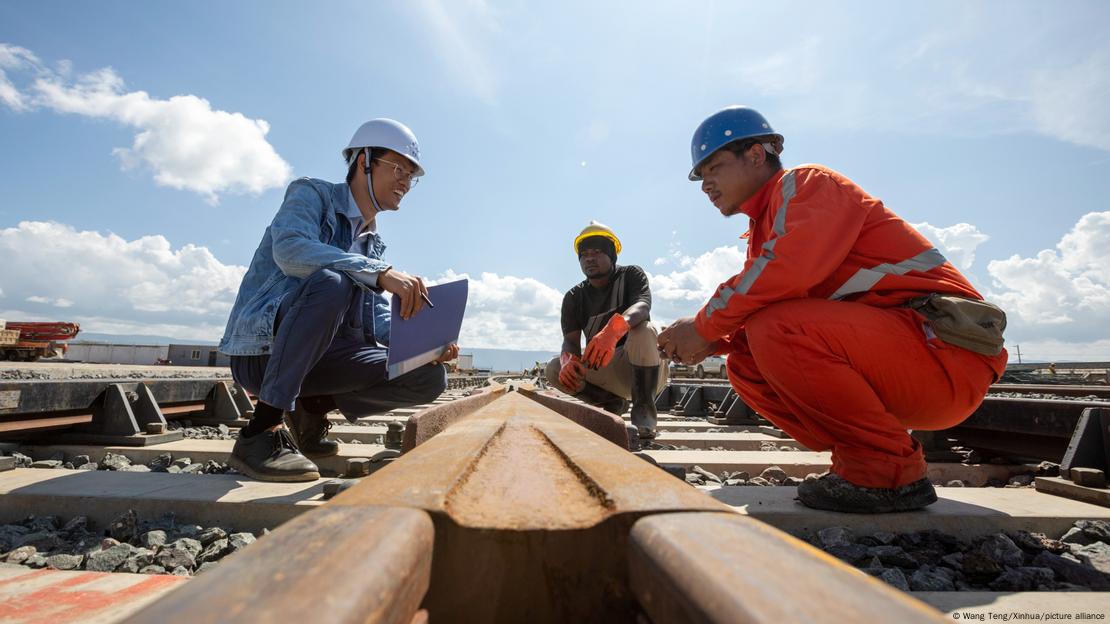
Turkey's footprint in Tanzania
One of the most important Turkish firms to have set foot in Africa is Yapi Merkezi. Arguably the single biggest foreign investment by a Turkish company happens to be a standard gauge railway constructed by Yapi Merkezi in Tanzania.
In Uganda, the company has built an important road that, as journalist John Kibego points out, has received much acclaim from citizens and politicians alike. It is in this logic that Yapi Merkezi has been earmarked to take over the first phase of Uganda's standard gauge railway, as regional media have been reporting.
"The Turkish companies have done a good job in terms of quality, there is no doubt that they will finish the job on time and deliver the best quality," Kibego said.
The company is also known for following a different approach to financing, with European export credit agencies playing a major part — an approach that will come in handy for Kampala after China's reluctance to fund the project.
China's role in East Africa's projects
The different stages of the so-called northern and central corridors of the East African SGR endeavor may have a lot to do with the role China has been playing in the respective projects.
The central corridor has made significant progress since the first in four of the project's six phases was awarded to Yapi Merkezi in 2017. The Dar es salaam-Morogoro line is set to open in the coming months since the first tests proved successful last year. The second section connecting Morogoro to the capital Dodoma, in central Tanzania, and beyond, is in its final phase.
Last December, Tanzania's President Samia Suluhu Hassan oversaw the signing of the sixth phase of the project, the last to be commenced and one of only two involving Chinese firms. Construction is set to be complete in 2026, though further projects are planned to take the railway into Rwanda and Burundi and on to the Democratic Republic of the Congo.
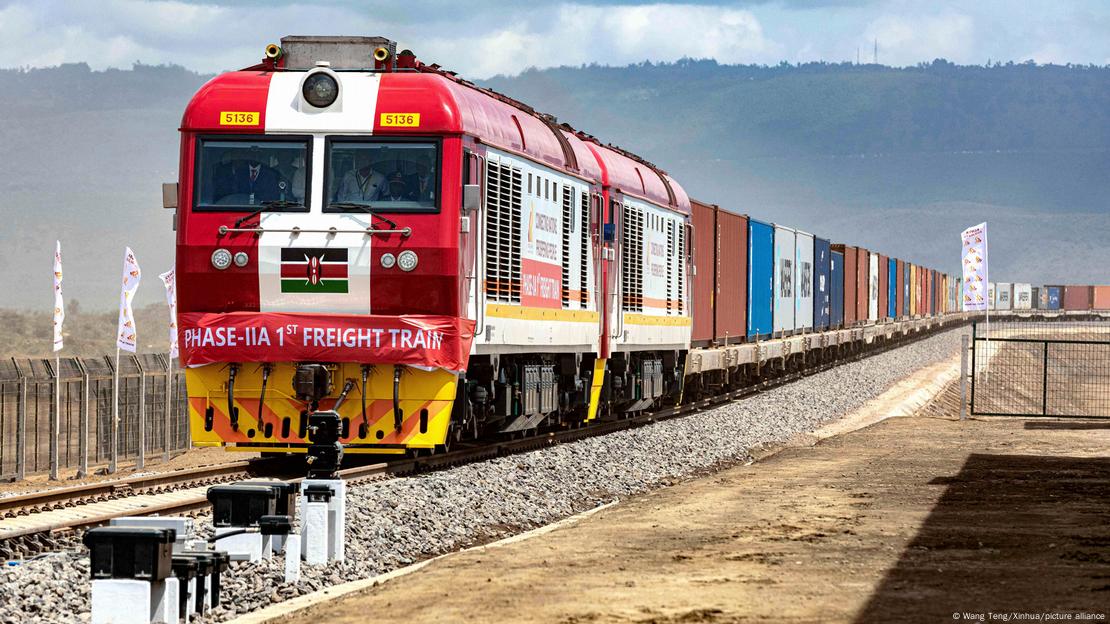
Addressing doubts that the 10-billion-dollar debt was worthwhile, President Suluhu stressed the project would only fully pay out in the long term. "Today's pain for Tanzanians will be tomorrow's gain," Suluhu said. "Upon completion of the SGR, Tanzania will be in a better position to utilise its strategic geographical positioning to facilitate cross-border trade," the president was quoted as saying.
While the northern corridor projected to run through Kenya and Uganda was by years faster to go into operation, the line starting at the port of Mombasa now ends in Naivasha, 90 kilometers (75 miles) northwest of the capital Nairobi, with no clear plan for the continuation so far.
"In Kenya, increased cost on mega projects has been attributed to political cartels capturing strategic project lanes so as to cash in," James Shikwati, founder of the Inter Region Economic Network (IREN Kenya) told DW. "This might not necessarily be the case in Tanzania."
China pulling the strings in Kenya
Furthermore, the prestige of the Mombasa-Nairobi-Naivasha line has been suffering from the fact that, unlike its Tanzanian equivalent, it is still Chinese-operated, based on a deal that was meant to direct cash flows back to China to pay back on Kenyan debt.
To further guarantee the steady flow of money, the import and export of goods via the Mombasa port were bound to the utilization of the SGR for transport. This deal, however, was annulled by Kenyan President William Ruto — a move warmly welcomed by lorry drivers but met with suspicion and anger by Chinese partners.
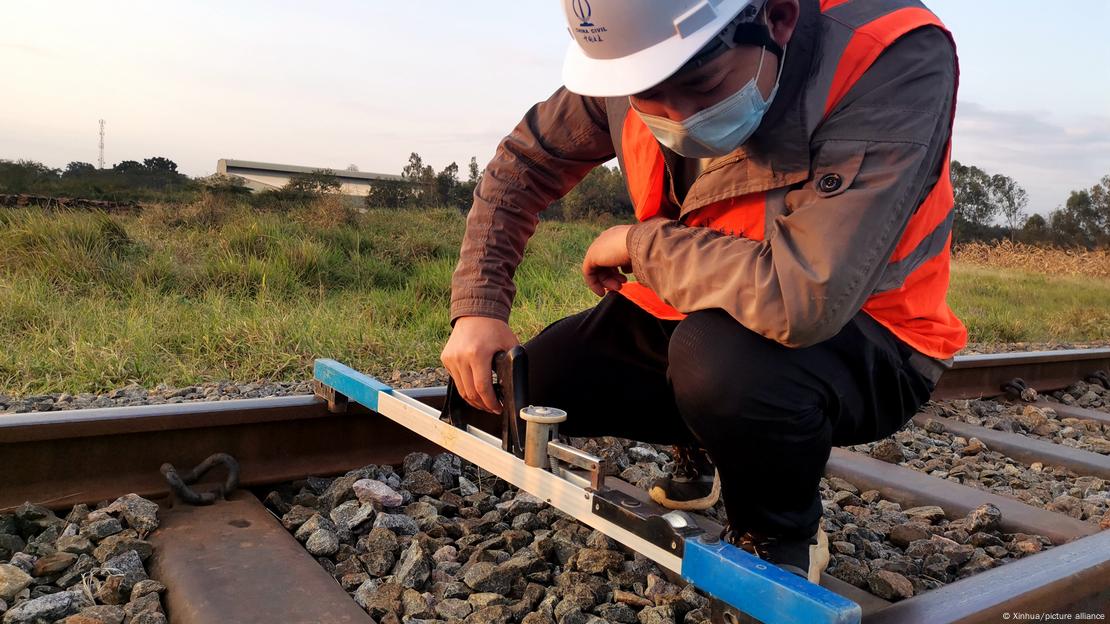
A remedy from colonial times
With China as their sole partner and their economies battered during the years of the coronavirus pandemic, Kenya and Uganda partnered in rehabilitating the old meter-gauge railway (MGR) lines stemming from colonial times. The MGR link from Kampala to Malaba is set to open next month, while the Kenyan line was already reopened last year.
The narrower tracks built a century ago have been a cheaper bet by far. And they may do the job of connecting the countries with Rwanda, Congo, and South Sudan at a faster pace than the Tanzanian railway can reach those markets. But they are not made to carry the same loads as the new standard gauge railway.
In the long term, SGR will pay out, said economist James Shikwati. And while conceding that debt has been exploding along the Kenya-Uganda line, he pointed out that "debt is not necessarily a bad thing if channeled to the right purpose of catalyzing development."



